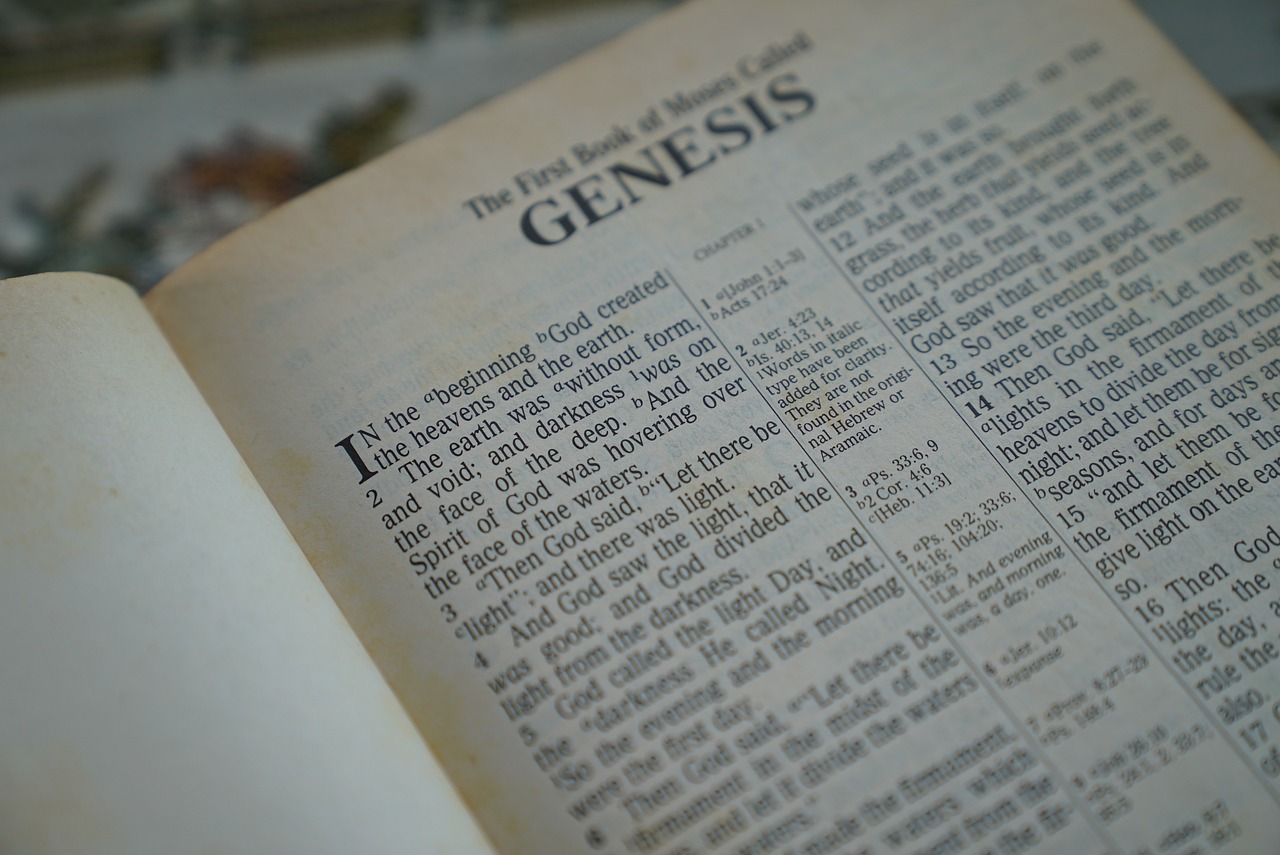Genesis 7 is a pivotal chapter in the Book of Genesis, as it details the account of the Great Flood. In this chapter, God commands Noah to build an ark and gather a pair of every living creature, as well as food provisions, in preparation for the impending flood. Noah, a righteous man in the eyes of God, diligently carries out these instructions and enters the ark along with his family.
Once inside the ark, the Bible tells us that the “fountains of the great deep burst forth, and the windows of the heavens were opened.” Rain fell upon the earth for forty days and forty nights, flooding the entire land and destroying all living beings that were not inside the ark. The floodwaters remained on the earth for 150 days.
Now, let’s explore the Jesus connection in Genesis 7. To understand this connection, we need to view the Bible as a unified story that points to Jesus throughout both the Old and New Testaments. Jesus himself acknowledged this truth when he said, “You search the Scriptures because you think that in them you have eternal life; and it is they that bear witness about me” (John 5:39).
In the context of Genesis 7, we can find glimpses of Jesus through several significant parallels. First and foremost, the ark itself can be seen as a foreshadowing of Jesus Christ. Just as Noah and his family found salvation and safety in the ark, so too do believers find salvation and eternal life in Jesus.
The apostle Peter draws the connection between the ark and Jesus in his first epistle. He states that just as “eight persons were brought safely through water,” which refers to Noah and his family, so too is baptism a symbol of salvation through the resurrection of Jesus Christ (1 Peter 3:20-21). Thus, the floodwaters that destroyed the wickedness on the earth can be metaphorically understood as the judgment of sin, while the ark represents the refuge of salvation in Christ.
Moreover, the number forty is significant in both the story of Noah and the life of Jesus. In Genesis 7, it rained for forty days and forty nights, symbolizing a time of testing and preparation. Similarly, Jesus fasted in the wilderness for forty days before beginning his public ministry. This period of testing served as a spiritual preparation for the mighty work that lay ahead for both Noah and Jesus.
Furthermore, the floodwaters can be seen as a foreshadowing of the baptism of Jesus. In Matthew 3:13-17, Jesus himself is baptized by John the Baptist, with the Holy Spirit descending upon him like a dove. This baptism marked the beginning of Jesus’ earthly ministry, just as the floodwaters cleansed the earth for a fresh start. Through his baptism, Jesus not only identified with humanity but also inaugurated the new covenant between God and humankind.
Additionally, the ark carried a remnant of creation through the flood, signaling God’s commitment to preserving and renewing his creation. Similarly, Jesus came to earth to redeem and restore all of creation. Paul affirms this in his letter to the Romans, stating that creation eagerly awaits the revealing of the sons of God, longing to be set free from its bondage to decay (Romans 8:19-21). Therefore, just as the ark carried a remnant through the flood, Jesus carries all believers through the judgment of sin and into the ultimate restoration of creation.
Lastly, it is worth noting that the flood serves as a warning and a reminder of the consequences of disobedience. In Luke 17:26-27, Jesus compares the days of Noah to the days leading up to his second coming. He states that just as people were eating and drinking, marrying and giving in marriage, oblivious to the impending judgment, so it will be before the Son of Man returns. Jesus’ reference to the days of Noah carries a crucial message for believers to remain vigilant and faithful, living in anticipation of his return.
In summary, Genesis 7 narrates the account of the Great Flood, wherein Noah and his family find refuge in the ark amidst the destruction of all living beings outside. Through various parallels and symbolic connections, we can discern a Jesus connection within this chapter. The ark represents the means of salvation, the floodwaters symbolize the judgment of sin, the number forty signifies a time of preparation, and the preservation of a remnant foreshadows Jesus’ redemption of all creation. As we delve into the depths of Scripture, we discover that the entire Bible ultimately points to Jesus Christ and the plan of salvation he fulfilled through his life, death, and resurrection.
Genesis 7, Noah’s Ark, Jesus connection, redemption, salvation, symbolism, Old Testament, New Testament, biblical parallels, baptism, remnant, judgment, restoration, second coming, vigilant faith, biblical interpretation



